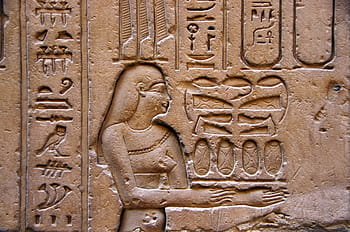Understanding Mint Symbols on Old European Coins
페이지 정보

본문
Mint marks on European coins are small letters that indicate where a coin was produced. This practice spans hundreds of years to ensure geographic accountability, ensure quality control, and occasionally signify the sovereign. Unlike the United States use clearly labeled letters like P for Philadelphia or D for Denver, continental mint identifiers vary widely from country to country and are subject to historical revisions.
Across much of the continent, mint marks are unadorned characters. For example, in France, the letter A has historically stood for the Paris Mint, while B might indicate Bordeaux and C for Caen. Within the German federal system, the Federal Mint system uses single letters such as A for Berlin, D for Munich, F for Stuttgart, G for Karlsruhe, and J for Hamburg. The symbols are commonly placed adjacent to the edge, frequently positioned beneath the central image or flanking the minting year.
Certain nations employ intricate codes. Within the Italian mint network, mint marks have carried regional acronyms, such as R for Rome and MI for Milan. In Spain, the La Casa de la Moneda de Madrid has used the letter M, while other mints like Barcelona or Seville have used distinctive emblems or shorthand. Historic Habsburg mints have used a variety of symbols over the years, including an ornate "A" denoting the imperial mint and a tiny royal crown for provincial sites.
Pre-modern minted currency can be notoriously difficult to interpret because symbols evolved alongside dynastic changes. For example, coins minted in the Habsburg domains might carry unique insignias diverging from current standards. Similarly, regions that were once part of historical superstates including the Holy Roman and Ottoman Empires often have rare and cryptic identifiers that require reference guides to interpret.
Collectors and historians often rely on authoritative mint guides and digital archives to match a mint mark with its location and time period. Some mint marks were only used for a few years making them prized by collectors. Others remained consistent for decades, helping to date coins even when the year is worn off.

Don’t overlook the fact that many European coins lack these identifiers. Minor coins, especially those from the 19th and early 20th centuries, were deliberately omitted to save resources. Additionally, during times of war or economic crisis, quality controls were abandoned, and mint marks were sometimes omitted entirely.
When inspecting continental currency, examine the back of the coin, near the rim, under the main design, or adjacent to the date. Use a magnifying glass if needed. Cross-reference with verified references, and consider the coin’s overall style, inscriptions, and imagery, which can guide attribution to region and century.
Grasping these symbols adds richness to numismatics. They are more than just tiny letters—they are clues to the economic, political, and technological conditions of the time when the coin was made. By combining persistence with authoritative references, アンティーク コイン even the most enigmatic insignia can be unlocked, uncovering the history embedded in the alloy.
- 이전글روانشناسی تریدر و هیجانها در بازار سرمایه ایران: چگونه هیجانها بر تصمیمگیری روزانه تأثیر میگذارند و روشهای مدیریت آنها 25.11.07
- 다음글Interesting u31 Gamings at Leading Thailand Gambling Enterprise 25.11.07
댓글목록
등록된 댓글이 없습니다.